Introduction
Ghanaian drums are more than just musical instruments; they are an essential part of the country’s cultural and spiritual identity. Drumming in Ghana extends beyond music and entertainment—it serves as a medium of communication, a tool for storytelling, and a conduit for ancestral connections. Whether used in royal ceremonies, religious rituals, or contemporary performances, these drums encapsulate the rich history and artistic excellence of Ghanaian craftsmanship. In this blog, we explore the historical evolution, cultural significance, intricate craftsmanship, modernization, and collaborations with global artists and designers that continue to sustain the legacy of Ghanaian drums.
Historical Evolution
The tradition of drumming in Ghana dates back centuries, with archaeological and oral histories indicating its presence in ancient kingdoms such as the Ashanti, Ga, and Ewe. The earliest drums were primarily made for communication—relaying messages across villages long before the advent of modern technology. Each ethnic group developed unique drumming styles and instruments suited to their traditions.
One of the most significant historical figures associated with Ghanaian drumming is Osei Tutu (circa 1675–1717), the first ruler of the Ashanti Empire. Under his leadership, drumming became institutionalized as a royal art form, used in state rituals and military communications. Over time, the development of master drum makers, known as “adumfoo” in Akan culture, ensured that drum-making techniques were refined and passed down through generations.
Types of Ghanaian Drums
Ghanaian drums come in various types, each serving distinct musical and cultural purposes. Some of the most notable types include:
- Fontomfrom: A large ceremonial drum used in Ashanti royal courts for important events.
- Talking Drum (Donno): A drum with adjustable tension cords, capable of mimicking human speech.
- Atumpan: A pair of drums used for storytelling and communication in Akan culture.
- Kpanlogo: A Ga drum associated with youth dances and contemporary fusion music.
- Ewe Drums (Atsimevu, Sogo, Kidi, Kaganu): A set of drums used in traditional Ewe ensembles, known for their intricate polyrhythms.
- Djembe: Though originally from Mali, the djembe is widely used in Ghana for both traditional and modern performances.
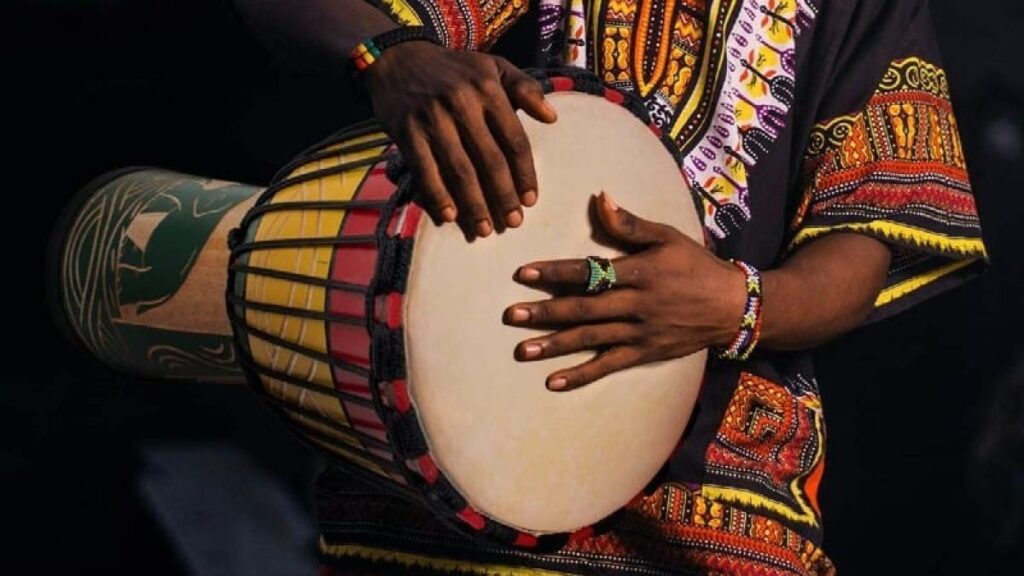
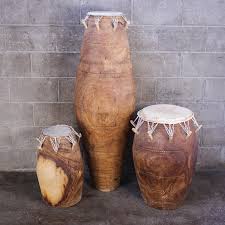
Cultural Significance
Ghanaian drums serve as a bridge between the physical and spiritual worlds. In many communities, they are integral to festivals, funerals, and religious ceremonies. For instance, the Fontomfrom drum, played at Ashanti royal events, is associated with power and respect. Similarly, the talking drum (donno) is a linguistic marvel that mimics human speech patterns, allowing drummers to communicate proverbs and messages.
The Ewe people, particularly in the Volta Region, have developed a sophisticated drumming culture with ensembles such as the Agbadza and Atsiagbekor. These drum ensembles often feature intricate polyrhythms that require years of mastery. The Ga people of Greater Accra use the Kpanlogo drum in youth dances and celebrations, blending traditional rhythms with modern influences. Beyond entertainment, Ghanaian drumming plays a crucial role in rites of passage, healing ceremonies, and political gatherings.
Process
The craftsmanship behind Ghanaian drums is a labor-intensive process that requires both skill and deep cultural knowledge. The process typically begins with the selection of high-quality wood such as Tweneboa (drum tree) or Odum. The logs are hollowed out using hand tools, ensuring the right depth and shape to produce desired tonal variations.
After carving, the drum shells are left to dry to prevent cracking. The next stage involves attaching the drumheads, which are traditionally made from goat, antelope, or cowhide. The skin is soaked, stretched, and tightly secured using ropes or pegs to create the right tension. Some drums, such as the talking drum, have tension cords that allow drummers to change the pitch while playing.
Artisans also incorporate decorative carvings and patterns on the drum’s body, embedding symbols of Ghanaian heritage, such as the Adinkra symbols, which represent wisdom, unity, and resilience. The entire process, from wood selection to final tuning, can take weeks, with master drum makers training apprentices over several years to perfect the craft.
Modernization
While traditional Ghanaian drums remain deeply rooted in history, they have evolved to adapt to contemporary settings. The fusion of drumming with modern music genres such as Afrobeat, highlife, and hip-hop has expanded their reach beyond traditional communities. Innovations in materials, such as synthetic drumheads and metal tuning mechanisms, have made drums more durable and accessible for international musicians.
The globalization of Ghanaian drumming is also evident in educational institutions. Programs such as the University of Ghana’s School of Performing Arts and international drumming workshops have facilitated knowledge-sharing between Ghanaian drum masters and foreign musicians. Additionally, the export of Ghanaian drums has contributed to the country’s creative economy, with drumming workshops attracting tourists and enthusiasts from around the world.
Collaborations with Artists and Designers
Ghanaian drumming has transcended music and found its way into visual arts, fashion, and contemporary design. Notable collaborations have emerged between drum makers and international artists, creating innovative cultural expressions.
One of the most prominent collaborations in recent years was between master drummer Mustapha Tettey Addy and various global music ensembles. His work in blending traditional Ghanaian rhythms with jazz and Western orchestral music has garnered international acclaim. Similarly, fashion designers like Ozwald Boateng, who incorporates African heritage into his collections, have drawn inspiration from Ghanaian drumming traditions in their runway shows.
Contemporary visual artists, such as El Anatsui, have also used drum motifs in their sculptural work, symbolizing the resonance of African identity in global artistic discourse. These collaborations highlight the versatility of Ghanaian drumming as a source of artistic inspiration across multiple disciplines.
Conclusion
Ghanaian drums are more than just instruments; they are cultural artifacts that carry the history, traditions, and spirit of the Ghanaian people. From their origins as communication tools to their role in modern musical fusion and global artistic collaborations, these drums continue to be a symbol of resilience and innovation. While modernization has introduced new materials and techniques, the essence of Ghanaian drum-making remains rooted in tradition. As artisans, musicians, and designers continue to push the boundaries of this craft, Ghanaian drums will undoubtedly maintain their relevance and vibrancy for generations to come. Please let us know how did you like this blog and if I can add more information to it.


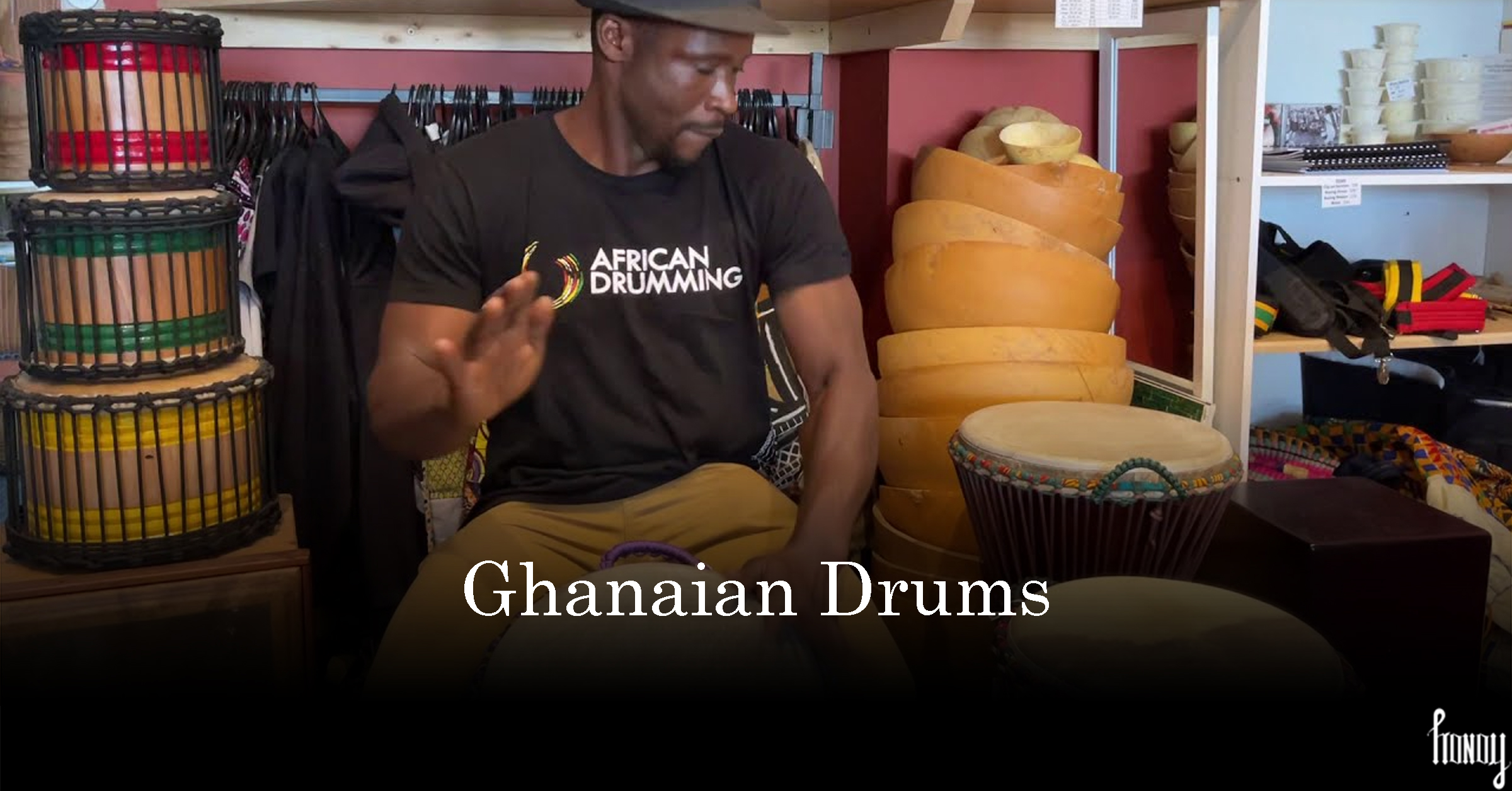


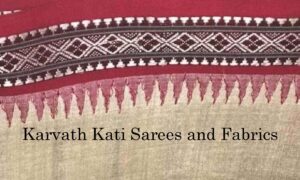

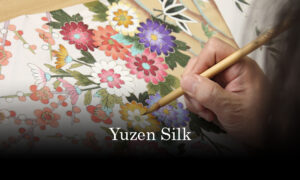



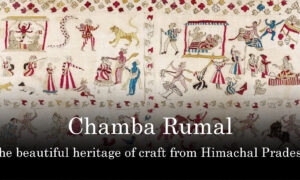







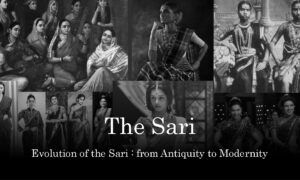









Krystal3030
April 17, 2025 at 11:36 am
Awesome post. Liked it much.
Fiona403
April 24, 2025 at 3:44 am
Very good
Hannah4424
April 25, 2025 at 1:25 am
Awesome
Jeffrey4285
April 25, 2025 at 12:09 pm
Very good
Susan577
April 25, 2025 at 5:45 pm
Very good
Cooper2812
April 25, 2025 at 6:59 pm
Very good
Jade1246
April 25, 2025 at 10:24 pm
Very good
Zachary198
April 26, 2025 at 4:26 am
Good
Paul4510
April 26, 2025 at 5:32 am
Very good
Adalyn257
April 27, 2025 at 3:46 am
Awesome
Stephen4208
April 27, 2025 at 5:41 pm
Good
Richard1921
April 27, 2025 at 7:15 pm
Very good
Brandon2116
April 27, 2025 at 7:55 pm
Good
Jordan1264
April 28, 2025 at 4:55 am
Awesome
Dennis2185
April 28, 2025 at 6:12 am
Awesome
Leona4008
April 28, 2025 at 12:46 pm
Good
Heath3297
April 28, 2025 at 5:23 pm
Very good
Katherine4863
April 28, 2025 at 6:45 pm
Very good
Cecilia3174
April 28, 2025 at 7:54 pm
Very good
Chelsea322
April 28, 2025 at 9:49 pm
Very good
Harper3159
April 28, 2025 at 11:13 pm
Awesome
Autumn3265
April 28, 2025 at 11:33 pm
Good
Gavin4133
April 29, 2025 at 1:33 am
Very good
Hugo414
April 29, 2025 at 12:09 pm
Awesome
Alden2054
April 29, 2025 at 1:23 pm
Good
Duncan2254
April 29, 2025 at 3:09 pm
Very good
Lorraine609
April 29, 2025 at 8:36 pm
Awesome
Josephine703
April 29, 2025 at 10:39 pm
Awesome
Lorelei1710
April 29, 2025 at 10:44 pm
Awesome
Terry4397
April 30, 2025 at 2:07 am
Good
Aurora712
April 30, 2025 at 5:49 am
Good
Don2513
April 30, 2025 at 6:05 am
Awesome
Brennan2560
April 30, 2025 at 6:42 am
Very good
Logan2641
April 30, 2025 at 8:14 am
Very good
Eugene951
April 30, 2025 at 3:20 pm
Good
Natalie1236
April 30, 2025 at 7:19 pm
Very good
Fiona1515
April 30, 2025 at 7:34 pm
Very good
Cecilia3046
May 1, 2025 at 12:38 am
Very good
Pamela3640
May 1, 2025 at 1:46 am
Very good
Raymond2076
May 1, 2025 at 3:27 am
Good
Caroline1248
May 1, 2025 at 4:00 am
Good
Chuck4865
May 1, 2025 at 5:34 am
Good
Micah4882
May 1, 2025 at 5:47 am
Awesome
Tracy3262
May 1, 2025 at 11:05 am
Awesome
Britney2164
May 1, 2025 at 11:10 am
Awesome
Claire376
May 1, 2025 at 11:44 am
Very good
Alonso68
May 23, 2025 at 11:39 pm
Good info
Jimmy2807
May 24, 2025 at 1:53 am
Amazing information on your blog. keep up.
Top AI Tools
May 24, 2025 at 3:32 am
what an informative blog
JiliOK
May 26, 2025 at 5:57 pm
Just discovered < gameplay insights and smooth registration process make it a standout choice for new players. The variety of games is impressive too!
SuperPH26
May 27, 2025 at 5:48 pm
This site offers great betting insights! For a top-notch fashion insights. kudos